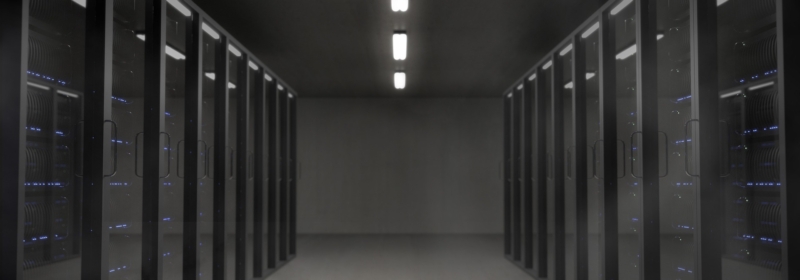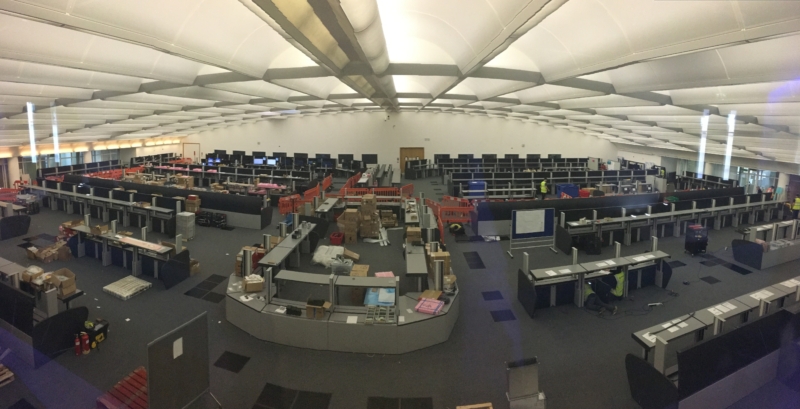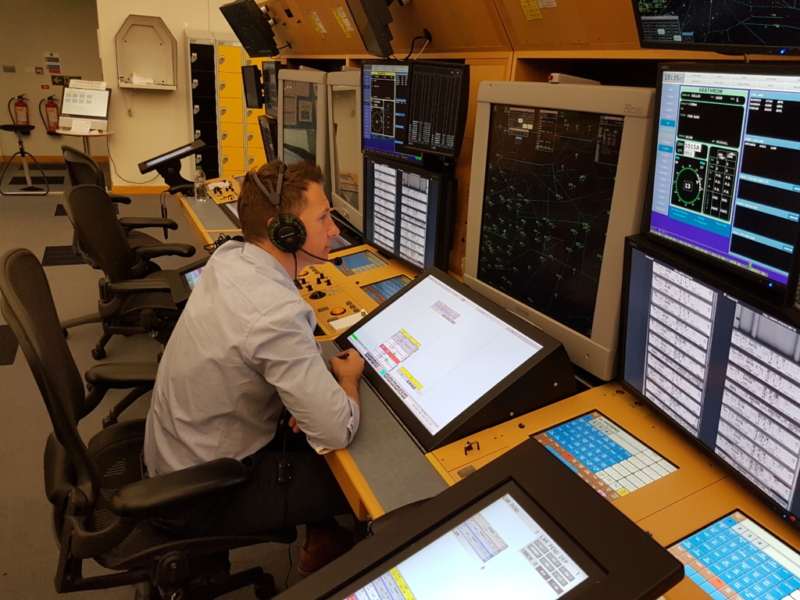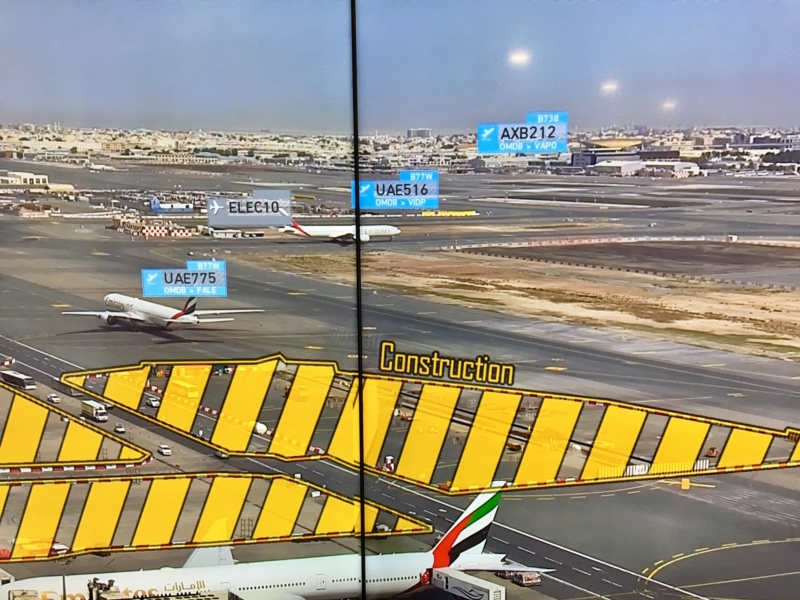Machine learning, Artificial Intelligence and air traffic management
27 February 2018The idea of Artificial Intelligence (AI) might seem like something for the future, but it is here already and the potential uses are growing by the day.
For instance, last year we introduced machine learning to help us predict the likelihood of potential safety events – such as aircraft level busts, or airspace infringements – in our London Terminal Control operation.
By using real-life data from 2015 to the present day, we use computer algorithms to find possible links between safety events and variables such as high traffic volume, airport runway direction, weather conditions and more.
Since March 2017, we’ve been using this data to present a weekly forecast to our colleagues at Swanwick Centre that can alert them if our modelling suggests corrective action could avoid a potential issue days before it might occur.
The accuracy of those results has been pretty impressive, running at between 60 and 80 per-cent, so it’s clear there is value to be had, though there is still some way to go to dispel the perception of AI as coming from a faceless ‘black box’.
It’s a lot to do with building trust, which can only come from the accuracy of the output and through the extra value we add by expert human analysis of the data.
While machines offer the incredible benefit of being able to digest and spot things in vast volumes of data in a way that our brains could never do, the results only really come to life with the addition of a human touch.
For instance, what you get out depends on the quality of what you put in, so choosing the right things to measure in the first place, picking the right algorithms and then carefully analysing the results is vital. That’s why we consciously selected a machine learning approach in which the reasoning for the specific forecast output is included, also helping to alleviate the ‘black box’ concerns.
While we have been very pleased with our initial results, we are continuing to hone the quality and accuracy of our modelling in the hope that it might then be used to both predict and then avoid possible future safety events before they even happen. Following the initial success of our work with Swanwick ) we’ve been exploring other ways in which we can utilise machine learning across the organisation with the introduction of a holistic model. It’s being developed to help us better understand the challenge of rising growth in aviation traffic and the impact it could have on our operation.
This holistic model sees us take our traffic predictions up to 2024 and, using bespoke algorithms and historic data from the operation, we apply machine learning to forecast the potential impact of the rise in traffic per sector on delays, safety and the environment if the current capacity and ways of working remained the same.
We then have three analytics teams in place to analyse the data. The Forecasting & Business Analysis team looks at traffic and delays, the Environment & Airspace team assesses the environmental figures, and our Safety team analyses the risk to safety.
As well as giving us the ‘big picture’ of what to expect, we also hope our holistic model will help us to drill down and take a closer look at how our ongoing and upcoming transformation projects could have an individual effect on efficiency, safety and the environment. We will be able to model varying timings and scope for projects, and optimise decision-making to help meet the future regulatory targets.
And, outside NATS, the outputs could also be used to make the case to key policy and decision makers in the aviation industry, and to our customers. For instance, predictive data of a ‘do nothing’ scenario has helped prove the vital importance of modernising the structure of airspace in the UK.
AI and machine learning is certainly something that we as a business are embracing and exploring because we believe it could have a role to play in helping us holistically improve safety, efficiency and reduce our environmental impact.
It is early days, but we hope our work will increasingly show the potential benefits AI and machine learning have for our business, our customers and industry partners.
Comments
Please respect our commenting policy and guidelines when posting on this website.





19.03.2018
09:47
Jun
It is very interesting for me that you can solve many problems not using “old style“ computer systems. We have been using computers, mainframes and PCs with MVS, Windows, UNIX, etc. Of cause they could calculate and compute by programs with well known algorithms and traditional languages like “C”, Fortran, etc.
I have few knowledge of air traffics and AI. But I hope your works make a breakthrough.
Jun
An old, retired Japanese computer scientist. Ph.D.
22.10.2019
14:16
Jack Liu
Machine learing and deep learing is good techology, but it may need take time to solve real world problems maturely!
from a civil aviation engineer.